Would we still be celebrating The Beatles’ Sgt. Pepper’s Lonely Hearts Club Band in the same fashion, were it not for its sublime closing track? “A Day In The Life” summed up all that came before it on that magical record in one fell swoop.
Videos by American Songwriter
Within the song, John Lennon and Paul McCartney dealt with the futility and frustration of life’s indignities and tragedies. “A Day In The Life” also suggested that the beauty of art, as in the magnificent music The Beatles made, could provide some meaning to it all.
“Life” Choices
On top of the many other reasons that “A Day In The Life” is often mentioned as The Beatles’ finest achievement as a group, there’s the idea that it’s the ultimate collaboration between John Lennon and Paul McCartney. Lennon began writing the song not long after acting in the movie How I Won The War.
McCartney came up with the middle eight from a completely different song that he was working up on his own. In addition, he delivered the crucial line, “I’d love to turn you on,” that figures so prominently in the song.
Lennon claims that he based the opening verse on news of the death of Tara Browne, a wealthy young man whom The Beatles knew. He died in a car accident in December 1966. In the second verse, he referenced his acting experience.
He based the final verse on an item read in the paper about an excess of potholes in the Lancashire region. When you take those instances separately, they would seem to have no connection. How, then, did Lennon and McCartney turn them into such a cohesive, meaningful narrative in “A Day In The Life”?
Exploring the Meaning of “A Day In The Life”
The key to understanding “A Day In The Life” is to focus not so much on the song’s details, but rather on the plight of the narrators, both Lennon’s in the verses and McCartney’s in the middle section. They’re both trying to navigate an average day (hence the title). And they’re both trying to find some meaning behind it all.
Lennon keeps punctuating his stories with the phrase “Oh boy.” He sings it in a sarcastic tone. It’s as if he’s admitting that he’s barely holding his own attention, let alone those listening to him. Even as he details the sad plight of the House of Lords member going out of his head in his car, he confesses he finds it a bit funny. “And though the news was rather sad,” he sings. “Well, I just had to laugh / I saw the photograph.”
He moves on to the movies, watching a film that bores the audience. Even as he loses interest, he sticks it out. “But I just had to look,” he admits. “Having read the book.” When McCartney comes into the picture following the first orchestral crescendo, he does so in a whirlwind of activity. His protagonist fumbles through his routine before finding release in a reverie: “And somebody spoke and I went into a dream.”
When Lennon returns, he tells his tale of “4,000 holes in Blackburn Lancashire.”
“They had to count them all,” he shrugs, hinting at the pointlessness of the exercise. That’s when he lets out one more, “I’d love to turn you on.” On the surface, he’s making a drug reference. But it’s also a plea to transcend the trivia and the tragedy all around him.
Of course, as Lennon and McCartney sing these words, they’re surrounded by some of the most inventive music ever created. With every sudden twist in the musical backdrop, we, the audience, are thrilled, dumbfounded, and left agape at what these four men could do. “A Day In The Life” complains about the meaninglessness of existence. Yet it gives us a reason to cherish our lives on this planet, along with the creative capabilities of those who inhabit it.
Photo by John Downing/Getty Images


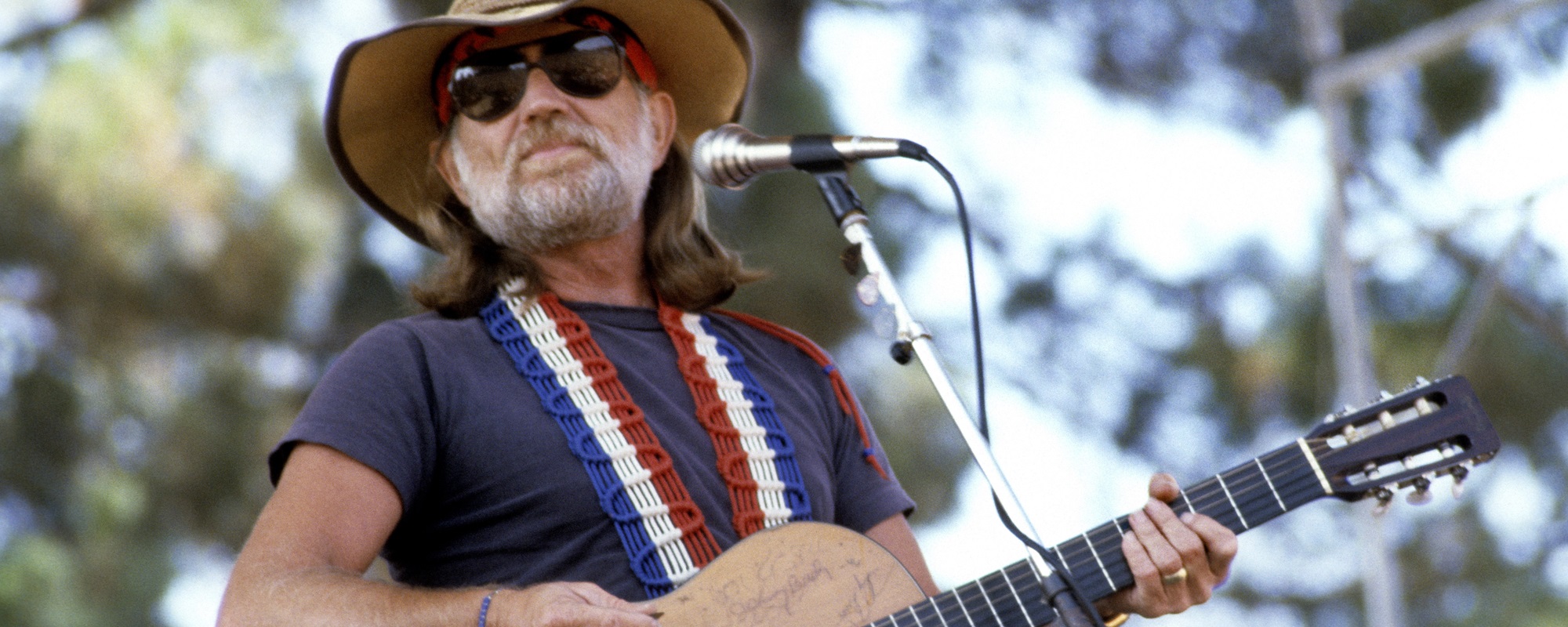
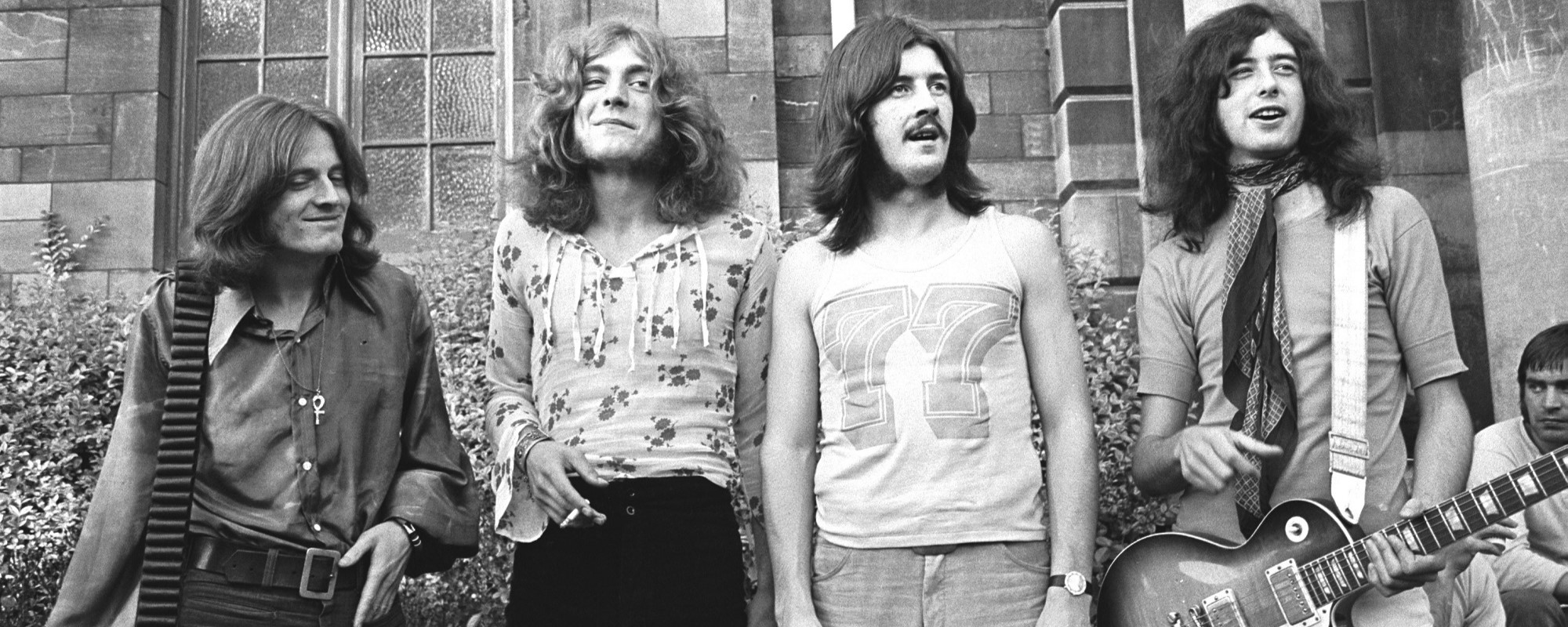
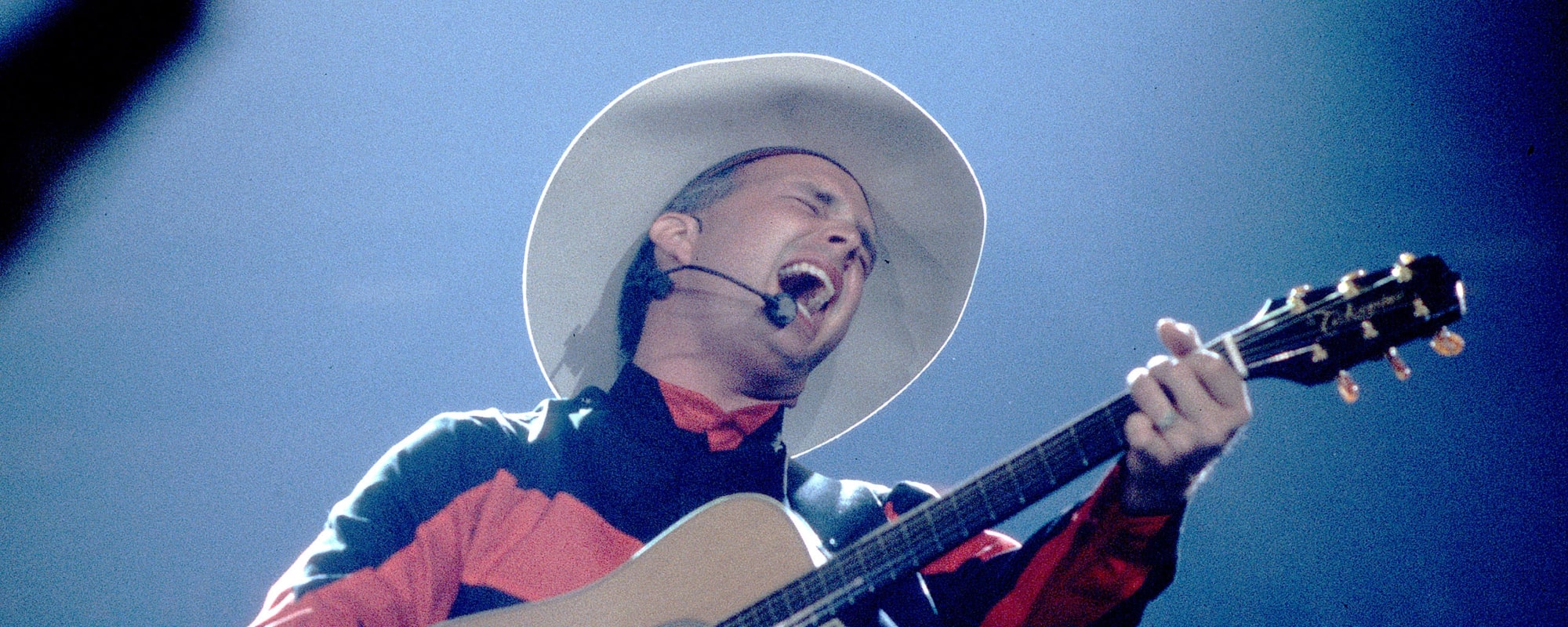


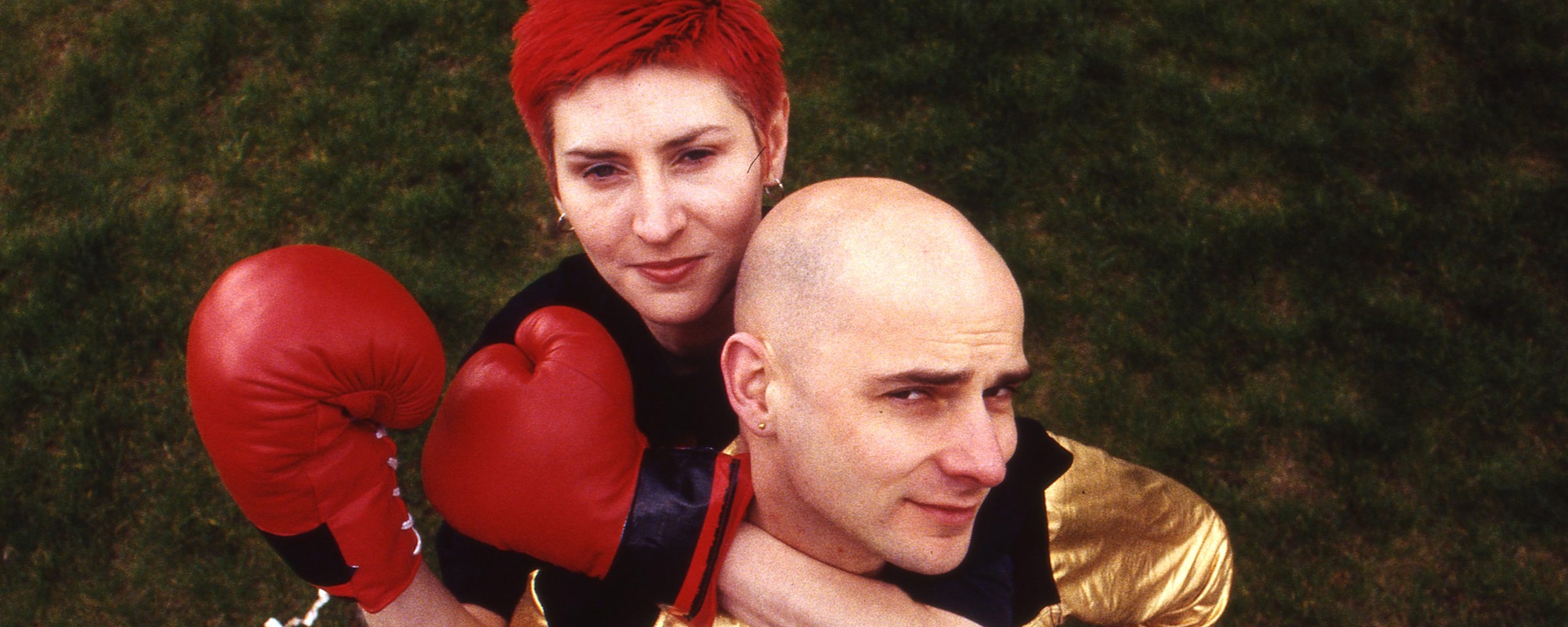

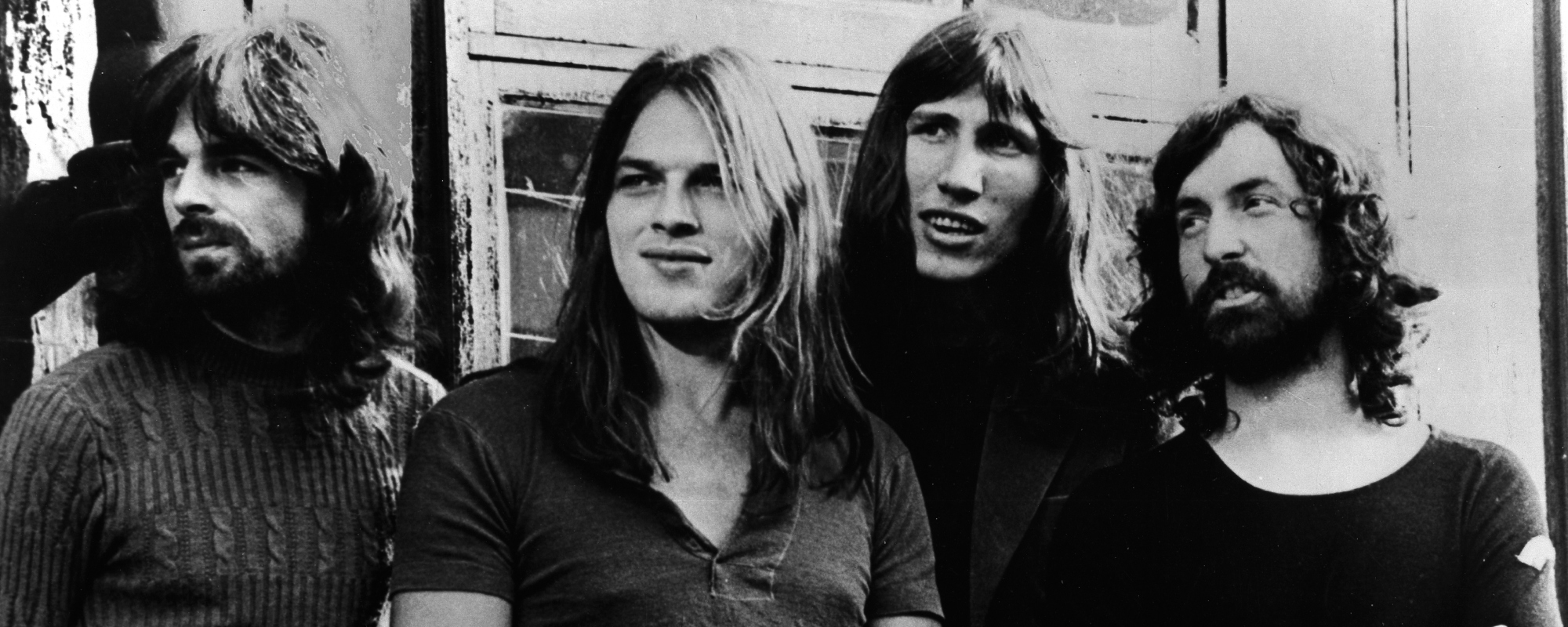
Leave a Reply
Only members can comment. Become a member. Already a member? Log in.